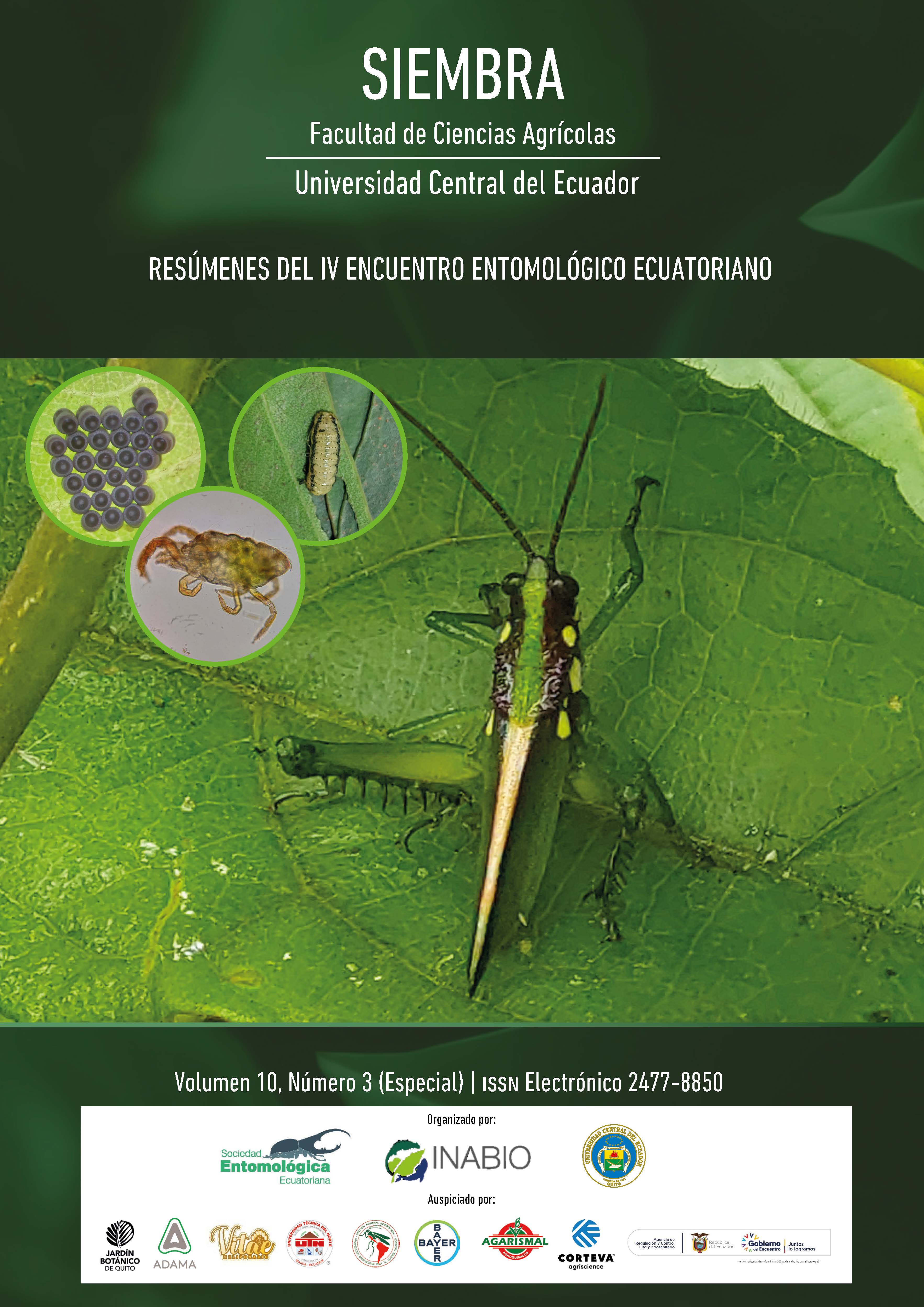Beneficial scale insects (Hemiptera: Coccomorpha): foods, dyes, weed control, honey, wax and resins
Main Article Content
Abstract
Scale insects are sucking insects belonging to 55 families of the infraorder Coccomorpha (Hemiptera: Sternorrhyncha). Of the 8,468 species described, only 640 have been considered as agricultural pests. These insects, as well as others, are an integral part of the ecosystem. From that point of view, all insects should be treated as beneficial. That is why it is important to make it clear that the term "pest" is completely anthropocentric, defined as any organism that has a harmful impact on human beings, their diet, or their living conditions, including organisms that act as vectors of diseases. Scale insects can be classified as beneficial or as "pests", depending on the circumstances. An insect that feeds on a weed or provides a valuable resource is considered beneficial, but when it attacks a cultivated plant, it is immediately classified as a "pest." In this work the other side of the spectrum is presented, i.e., the beneficial scale insects, which are used as sources of food, wax, dyes, resins, and weed control agents. Very few know that the varnish that gives shine to guitars and violins is extracted from lac insects of the genus Kerria (Kerriidae); that carminic acid, the raw material for the red colorant in lipsticks and many foods, is extracted from the cochineal insect Dactylopius coccus Costa (Dactylopiidae); and that the biblical manna are the flakes made from the dried honeydew of two species of mealybugs, Trabutina mannipara (Hemprich & Ehrenberg) and Trabutina serpentina (Green) (Pseudococcidae).
Downloads
Metrics
Article Details

This work is licensed under a Creative Commons Attribution-NonCommercial 4.0 International License.
The authors who publish in Siembra know and accept the following conditions:
- Authors retain the copyright and grant Siembra the right of first publication of the work, under the Creative Commons Attribution License. Third parties are allowed to use what has been published as long as they refer to the author or authors of the work and its publication in this journal.
![]() This content is licensed under a Creative Commons Attribution-Noncommercial 4.0 International (CC BY-NC 4.0).
This content is licensed under a Creative Commons Attribution-Noncommercial 4.0 International (CC BY-NC 4.0).
- Authors maintain the copyright and guarantee Siembra the right to publish the manuscript through the channels it considers appropriate.
- Authors may establish on their own additional agreements for the non-exclusive distribution of the version of the work published in Siembra, acknowledging their initial publication in the same, such as in institutional repositories.
- Authors are authorized to disseminate their work electronically once the manuscript is accepted for publication.

